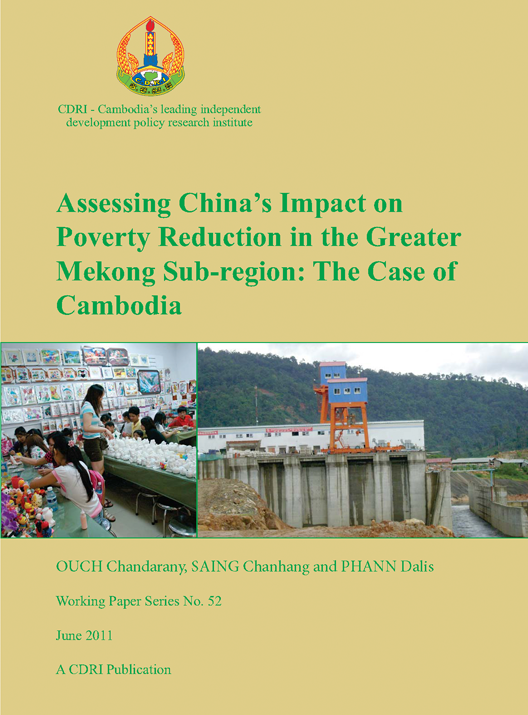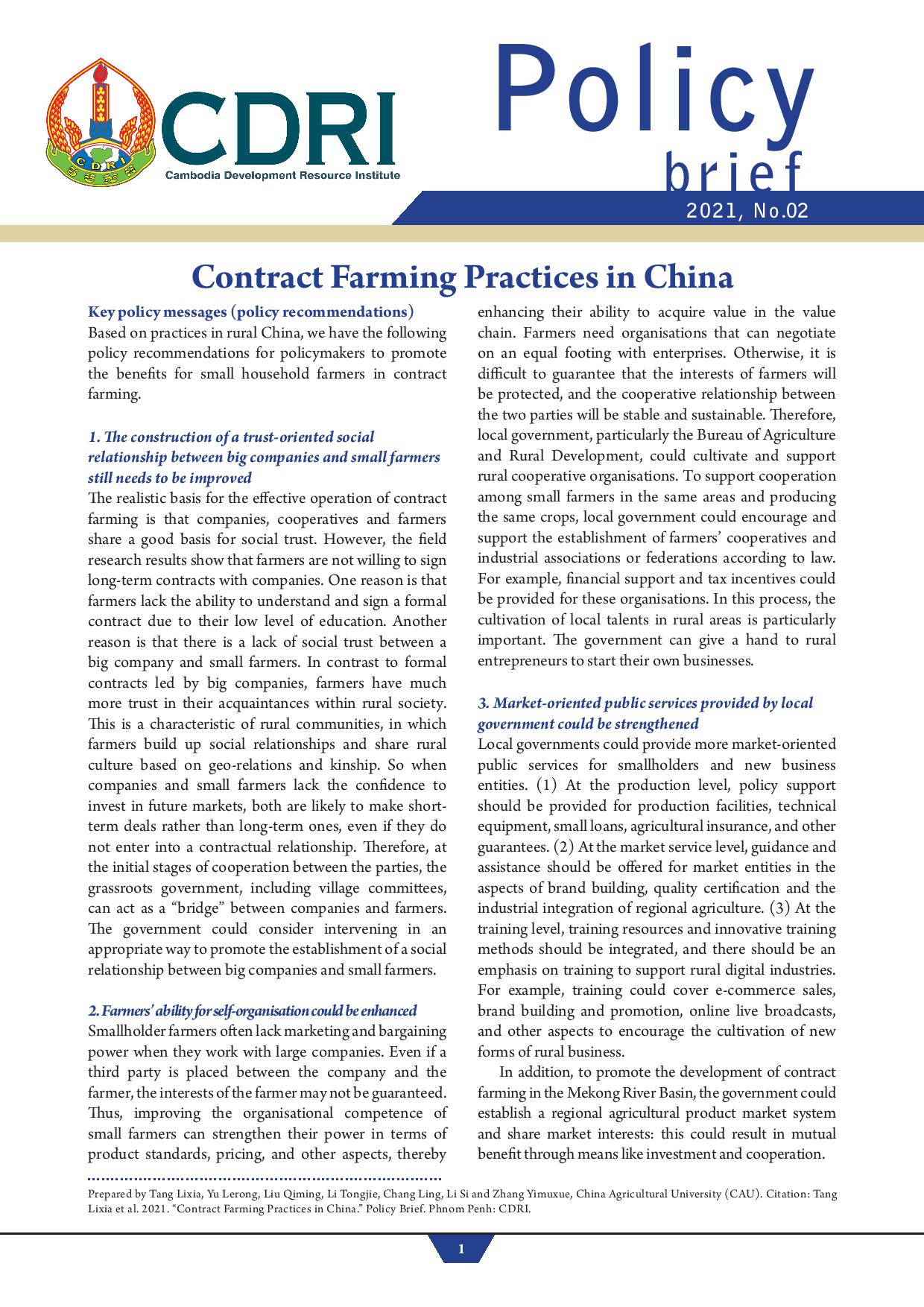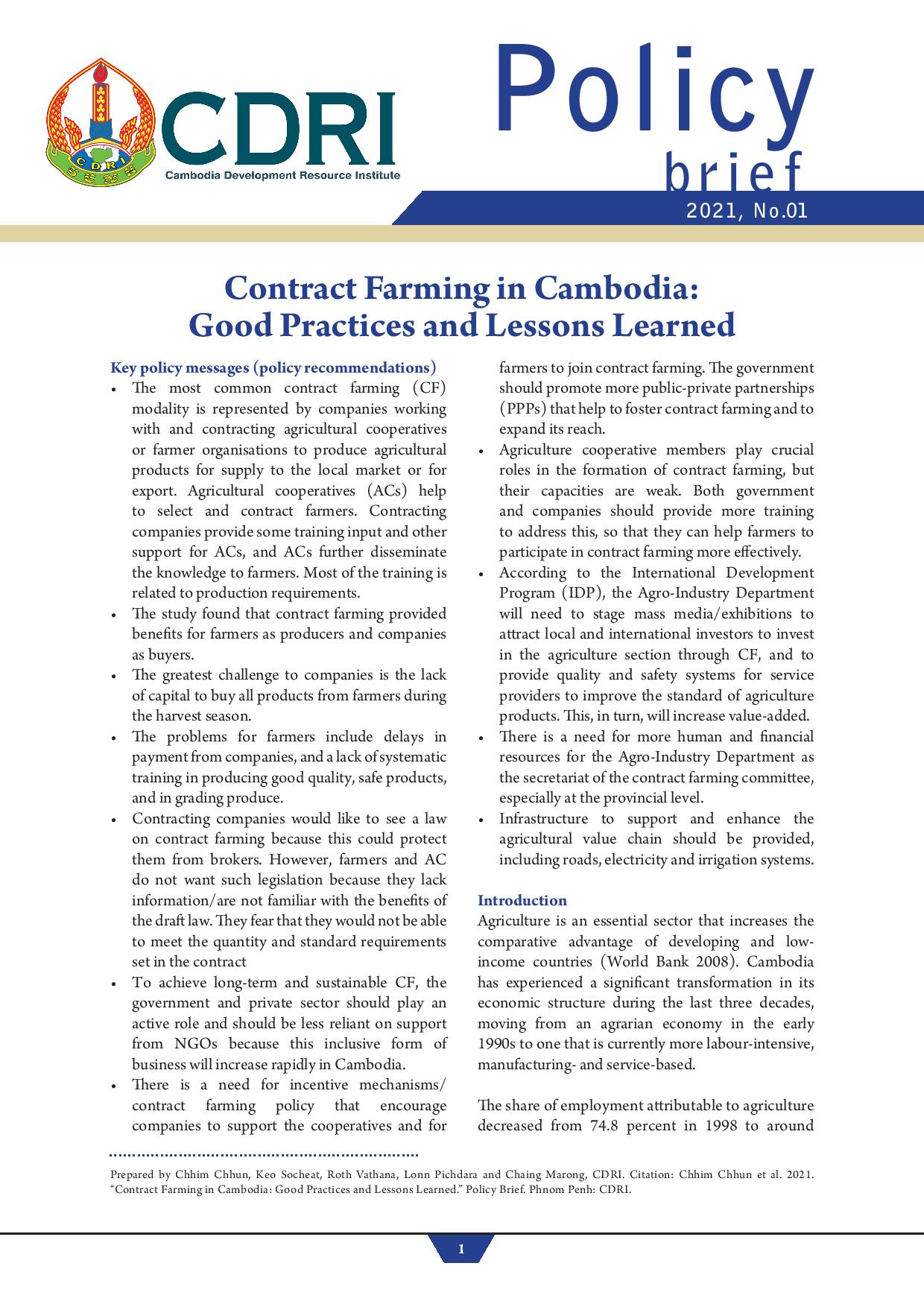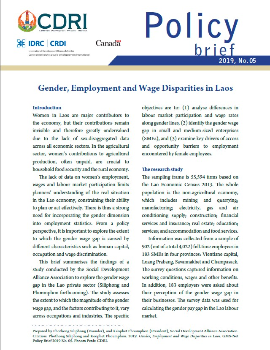
Assessing China’s Impact on Poverty Reduction in the Greater Mekong Subregion: The Case of Cambodia
Keyword: China-Cambodia relations, poverty reduction, foreign direct investment, official development assistance, labour-intensive exports
Abstract/Summary
This study investigates the multifaceted impact of China’s economic engagement on poverty reduction in Cambodia, focusing on trade, investment, and official development assistance (ODA). Using a framework developed by Jenkins and Edwards (2004), the paper analyses bilateral trade patterns, the role of Chinese foreign direct investment (FDI), and the effects of Chinese-funded infrastructure projects. Findings reveal that while Cambodia’s trade deficit with China has widened, exports of labour-intensive products such as garments and rubber have increased, contributing to employment and income generation. Chinese investment in the garment sector has provided significant job opportunities for rural populations, though skill development remains limited. Case studies on Chinese ODA-funded transport projects—National Road No. 7 and the Prek Tamak Bridge—demonstrate improved access to markets, education, and healthcare, enhancing livelihoods in affected communities. However, concerns persist regarding environmental degradation, land concessions, and limited local labour participation in Chinese projects. The study concludes that China’s engagement has had a generally positive but nuanced impact on poverty reduction in Cambodia, and recommends policy measures to maximise benefits while mitigating adverse effects.
DOI: https://doi.org/10.64202/wp.52.201106



